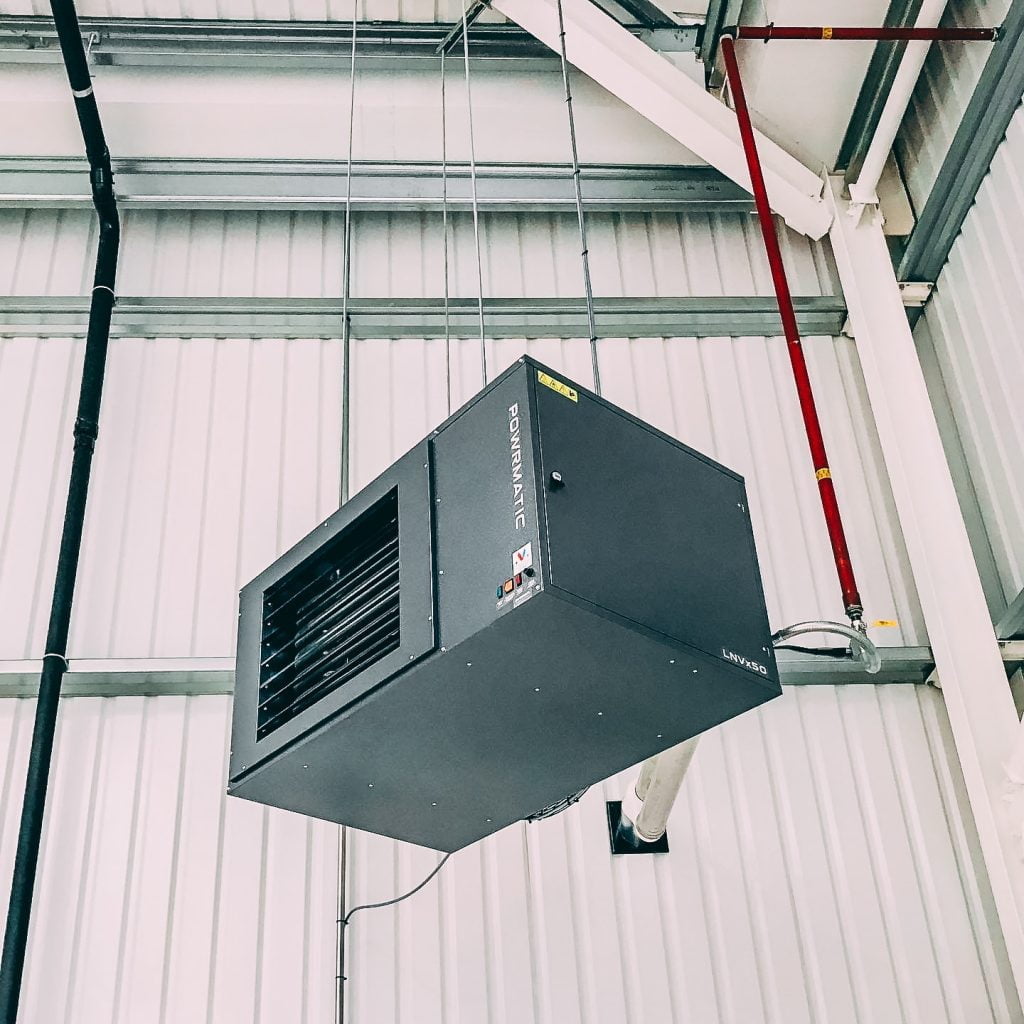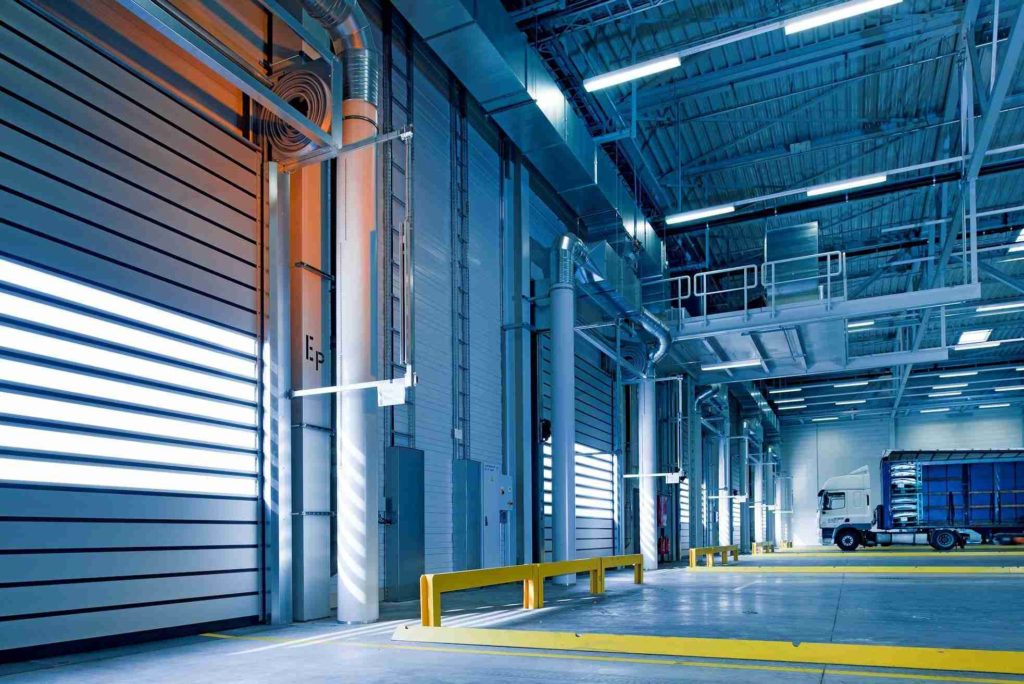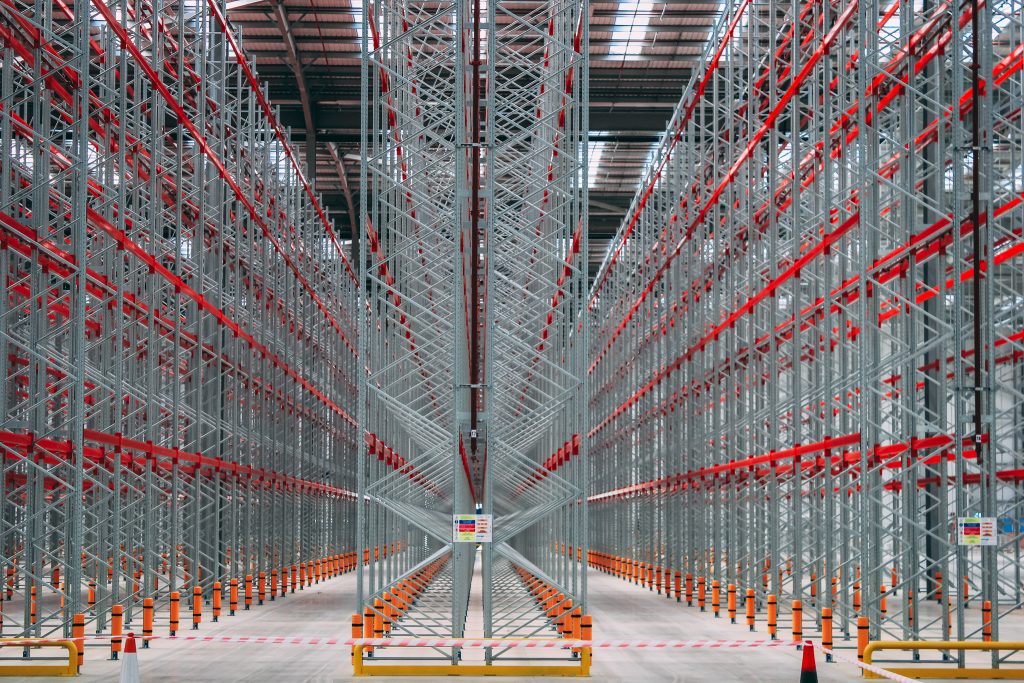To heat a warehouse efficiently, consider using unit heaters for optimal heating coverage. Unit heaters are the best choice for large warehouse spaces due to their effectiveness and versatility.
By utilizing unit heaters, you can ensure even distribution of heat throughout the warehouse, keeping the space comfortably warm for employees and equipment. Additionally, unit heaters are energy-efficient and cost-effective, making them a practical solution for heating a warehouse. Whether suspended from the ceiling, standing on the floor, or mounted on a wall, unit heaters provide a reliable heating solution for warehouses of all sizes.
Explore the options available to find the best unit heater for your warehouse heating needs.

Warehouse Heating Solutions
When heating a warehouse, consider efficient options to ensure optimal warmth and comfort.
- Direct-Fire Heaters: Utilize gas or oil burning to generate heat directly into the air.
- Indirect-Fire Heaters: Heat air through a heat exchanger for efficient warmth.
- Electric Element Unit Heaters: Offer reliable and consistent heating for warehouses.
- Warehouse Radiant Floor Heating: Provides even heat distribution across the floor.
When determining the heating solution for a warehouse, several factors should be taken into account:
- Size of the Warehouse: Ensure the heating system is capable of warming the entire space effectively.
- Insulation: Proper insulation helps retain heat and improve energy efficiency.
- Occupancy Levels: Consider the number of people working in the warehouse to adjust heating accordingly.
- Budget: Choose a heating option that meets your budget while providing adequate warmth.

Credit: www.reznorhvac.com
Efficient Heating Options
Unit heaters are ideal for heating large warehouse spaces efficiently.
Radiant heating systems emit heat directly to objects and people, providing uniform warmth in the warehouse.
Warm air heating systems circulate heated air throughout the warehouse, ensuring consistent temperatures.
Unit Heaters
When it comes to heating a large warehouse, unit heaters play a crucial role in providing efficient and effective warmth. They are designed to distribute heat evenly and can be powered by various energy sources. Below, we’ll explore the different types of unit heaters commonly used in warehouses.
Gas-fired Unit Heaters
Gas-fired unit heaters are popular in warehouses due to their high heat output and cost-effectiveness. These units utilize natural gas or propane to produce heat, making them ideal for large industrial spaces. The combustion process generates heat that is then distributed through the warehouse using powerful fans, ensuring consistent warmth throughout the area.
Electric Unit Heaters
Electric unit heaters are another viable option for warehouse heating. They are known for their ease of installation and low maintenance requirements. By converting electricity into heat, these units offer precise temperature control and are suitable for spaces where gas heating may not be feasible. Electric unit heaters are also environmentally friendly, as they produce zero emissions during operation.

Credit: www.reznorhvac.com
Radiant Heating
To effectively heat a warehouse, consider using radiant heating alongside warm air heating options. Radiant heating provides consistent warmth throughout the space and works well in warehouses with high racking systems. Additionally, direct-fired unit heaters are a reliable choice for efficient heating solutions in large industrial spaces.
Radiant heating is one of the most efficient and effective methods for heating a warehouse. It works by emitting infrared radiation, which directly heats objects and surfaces in its path. This type of heating system offers several advantages, including faster heating times, even heat distribution, and cost savings. There are two main types of radiant heaters commonly used in warehouses: direct-fire radiant heaters and indirect-fire radiant heaters.Direct-fire Radiant Heaters
Direct-fire radiant heaters are a popular choice for heating warehouses because they provide immediate heat and are easy to install. These heaters use a direct flame to heat the air, which then radiates heat to surrounding objects. They can be suspended from the ceiling, mounted on a wall, or placed on the floor, depending on the layout and design of the warehouse. Direct-fire radiant heaters are best suited for warehouses with high ceilings or open spaces. They offer a high heat output and are capable of quickly raising the temperature in large areas. These heaters are often used in warehouses where quick heat-up times are essential, such as distribution centers or manufacturing facilities.Indirect-fire Radiant Heaters
Indirect-fire radiant heaters are another option for heating warehouses. Unlike direct-fire heaters, these units do not emit combustion byproducts into the heated space. Instead, they utilize a heat exchanger to separate the exhaust gases from the heated air. This makes indirect-fire radiant heaters a safer choice for warehouses that require stringent air quality standards. Indirect-fire radiant heaters are typically installed outside the warehouse, and the heated air is ducted into the space through a system of vents or ducts. These heaters provide a clean and efficient heating solution, making them suitable for warehouses that prioritize indoor air quality. In conclusion, radiant heating is an excellent option for heating warehouses due to its efficiency and effectiveness in evenly distributing heat. Whether you choose direct-fire radiant heaters or indirect-fire radiant heaters, both options offer unique benefits and can be tailored to suit the specific needs of your warehouse. Consider the size, layout, and purpose of your facility when selecting a radiant heating system to ensure optimal comfort and energy efficiency.Warm Air Heating
Efficiently heat a warehouse with warm air heating, the preferred choice for optimal temperature control and cost-effectiveness. Utilize unit heaters, such as direct-fired unit heaters, for effective heating distribution throughout the warehouse space. Consider warm air heating as a top solution for maintaining a comfortable working environment in your warehouse.
Gas-fired Warm Air Heating
Gas-fired warm air heating systems are a popular choice for heating warehouses due to their efficiency and cost-effectiveness. These systems utilize natural gas or propane to produce heat, which is then distributed throughout the space via a network of ducts or vents.
One of the advantages of gas-fired warm air heating is its quick response time. With the flick of a switch, these units can provide instant heat, ensuring that your warehouse stays warm and comfortable even during the coldest winter months.
Another benefit is the ability to control the temperature. Gas-fired systems often come with built-in thermostats, allowing you to set the desired temperature and maintain it consistently. This not only helps to create a comfortable working environment but also helps to minimize energy waste and reduce heating costs.
Electric Warm Air Heating
Electric warm air heating systems are another viable option for heating warehouses, especially for smaller spaces or areas where gas lines are not available. These systems utilize electric heating elements to generate warmth, which is then circulated throughout the warehouse using fans or blowers.
One of the advantages of electric warm air heating is its simplicity and ease of installation. Unlike gas-fired systems, electric units do not require complex ductwork or ventilation systems. This makes them a cost-effective and efficient heating solution, particularly for warehouses that do not have existing HVAC infrastructure.
Additionally, electric warm air heating systems are often more environmentally friendly compared to gas-fired systems. They do not produce combustion byproducts or emissions, making them a greener choice for warehouses that prioritize sustainability.

Credit: www.powrmatic.co.uk
Considerations For Warehouse Heating
Heating Needs Assessment
Before determining the heating solution for your warehouse, it’s crucial to assess the heating needs. Consider factors such as the size of the warehouse, the existing insulation, and the temperature requirements for the stored goods and the comfort of employees. Understanding these factors will help in selecting the most efficient and suitable heating system.
Insulation And Energy Efficiency
Proper insulation is key to retaining heat within the warehouse and minimizing energy loss. Conduct an evaluation of the warehouse’s insulation to identify areas for improvement. Focus on sealing gaps, insulating walls, and assessing the efficiency of doors and windows. Additionally, consider energy-efficient heating systems to reduce overall energy consumption.
Cost-effective Heating Strategies
Implementing cost-effective heating strategies can significantly reduce operational expenses. This could involve utilizing zoning to heat specific areas only when necessary, incorporating programmable thermostats for efficient temperature control, and considering the use of radiant heating systems for targeted warmth. Assess the long-term cost benefits and energy savings of different heating options to make an informed decision.
Frequently Asked Questions On How To Heat A Warehouse
What Is The Best Way To Heat A Large Warehouse?
The best way to heat a large warehouse is with unit heaters for efficient heating. These heaters are available in various types, including radiant and warm air heating, providing a comfortable environment for employees. Consider options like direct-fired unit heaters or radiant floor heating for effective warehouse heating.
How Do You Make A Warehouse Warm?
To warm a warehouse, there are two options – radiant heating and warm air heating. Warm air heating, including several types, is usually the most efficient choice for warehouses, especially those with high racking. Consider using direct-fired unit heaters that warm up the air by passing it through a gas flame.
Another option is warehouse radiant floor heating. Gas-fired warm air heating and de-stratification fans are the cheapest way to heat a large area.
What Kind Of Heater Is Best For Warehouse?
For a warehouse, the best type of heater is a direct-fired unit heater, which warms up the air by passing it through a flame created by burning gas or oil. These heaters can be suspended from the ceiling, stand on the floor, or mounted on a warehouse wall.
What Is The Rule Of Thumb For Heating A Warehouse?
To heat a warehouse, use unit heaters for efficient heating. Choose warm air heating for high-racking warehouses, and consider direct-fired unit heaters for suspended, floor-mounted, or wall-mounted options. Additionally, consider radiant floor heating or electric element unit heaters for effective heating solutions.
What Are The Most Effective Heating Options For A Warehouse?
Unit heaters, radiant heating, warm air heating, and radiant floor heating are effective options for heating a warehouse.
Conclusion
Heating a warehouse efficiently is essential for maintaining a comfortable working environment. Considering factors such as the size of the space and heat distribution, unit heaters, direct-fired heaters, and radiant floor heating are excellent options to explore. Carefully selecting the best heating solution will ensure cost-effectiveness and employee comfort.